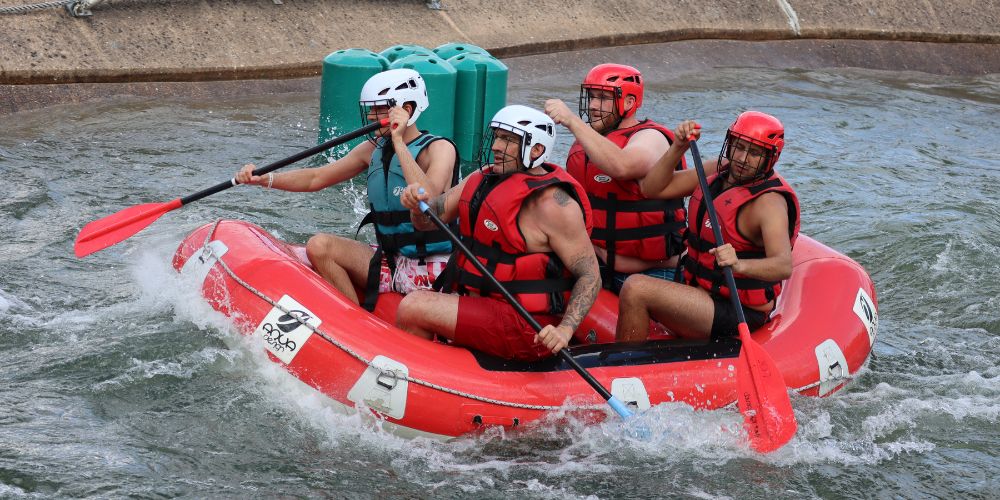How Expensive Are Watersports? What to Expect If You're New to the Game
Posted by Explore Gear on 10th Aug 2024
Watersports offer an exciting way to enjoy the outdoors, whether you're cruising in an inflatable boat or paddling across a calm lake. However, if you’re new to watersports, understanding the costs involved is crucial. This guide will help you navigate the expenses, so you can make informed decisions and enjoy your time on the water.
1. Initial Costs: Renting vs. Buying
For beginners, renting equipment is a budget-friendly way to explore different watersports without a significant upfront investment. Renting an inflatable kayak or SUP can cost $20 to $50 per hour, while a towable for tubing or skiing may range from $50 to $150 per hour.
If you’re ready to commit, buying your own gear can be more economical long-term. An entry-level inflatable kayak or SUP typically costs $300 to $1,000. Towables, like tubes or trampolines, range from $150 to $500. Don’t forget the extras, such as ski/wakeboard ropes, tow harnesses, and air pumps, which can add $50 to $200 to your total.
2. Ongoing Costs: Maintenance and Storage
Owning watersports gear comes with ongoing expenses, including maintenance and storage. Proper care is essential, especially for inflatable items like boats and docks.
Regular cleaning, drying, and inspections are crucial to prevent damage. Maintenance costs, including air pump checks and repairs, can add up, particularly for motorized equipment. Storage costs vary, with options ranging from garage space to renting a storage unit, which could cost $50 to $200 per month.
3. Additional Costs: Lessons, Safety Gear, and Accessories
Lessons are a wise investment for beginners, with prices ranging from $50 to $100 per hour for basic sports like kayaking, or up to $200 for more advanced activities. Safety gear, such as life vests and helmets, is essential, with costs ranging from $50 to $150. Paddles, towable ropes, and other accessories can add another $30 to $300 depending on quality and materials.

4. Budgeting for Travel and Experiences
Exploring new locations is part of the appeal of watersports, but travel costs can add up. Consider gas, accommodations, and any rental fees when planning trips. Inflatable docks and mats can enhance your experience by providing a comfortable resting spot during long days on the water.
Guided tours and organized trips offer a great way to experience watersports without buying all the gear upfront, with day trips costing a few hundred dollars and multi-day adventures reaching several thousand.
5. Saving Tips: Budget-Friendly Watersports
Enjoying watersports doesn’t have to break the bank. Consider buying used gear, joining a watersports club, or renting before committing to buying. Off-season sales are a great way to snag deals on items like towables, trampolines, and floats.
Watersports are available for every budget, and with some planning, you can enjoy the thrill of the water without overspending. Whether you’re a weekend warrior or an aspiring enthusiast, understanding the costs and planning ahead will ensure a fantastic experience on the water.

